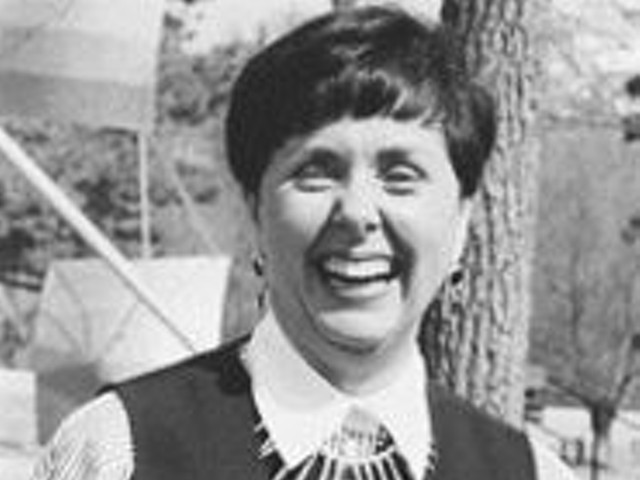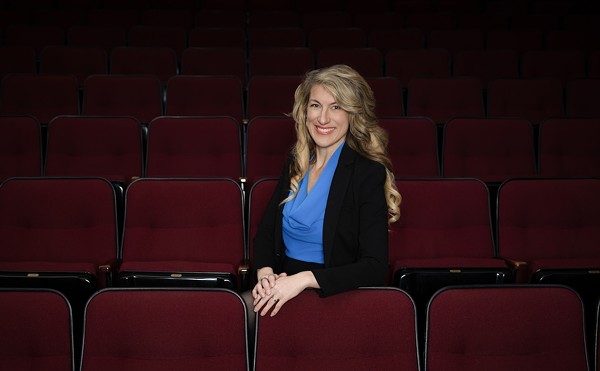Surprise. The room may be considerably smaller than the chamber of a civic planetarium, but the domed ceiling and star projector within get the job done. Coming here for one of the school's semimonthly presentations (which take place if inclement weather prevents the use of the rooftop observatory), it's easy to get lost in a universe of constellations. The public sits in a ring of chairs at the perimeter of the darkened theater while planetarium director Kathy Kitts identifies astronomical highlights with a laser pointer. Even on cloudless nights the St. Louis sky is usually too humid, dusty or brightened by artificial lighting for all the stars to be visible to the naked eye. In Room 378, you can look up and see a beautiful simulacrum of the star-choked night sky that rural dwellers and sailors probably take for granted. Even better, Kitts works the projector's controls to represent the earth's journey around the sun, making for an impossibly fast, dizzying effect that allows us to see any constellation we wish.
How'd a junior high wind up with a nifty-cool star chamber? During the space-race frenzy of the '60s, explains Kitts, the district ponied up the funds not only for a thoroughly impressive classroom-size planetarium but also for a modest observatory. Most colleges don't offer anything this groovy.
On precipitation-free program nights, Kitts leads visitors up into the observatory. She flips a switch, causing an extremely narrow stairwell to slowly, slowly descend from the rafters with a lot of creaking. The effect brings to mind Dr. Frankenstein lowering the slab. After conquering the archaic stairs, which are so narrow that a man once lost the seat of his pants to a snag in the handrails, you enter the dome to find the surprisingly short, stout barrel of the reflector telescope. Kitts must crank open the bay door by hand, creating another sinister sound effect, and then she uses a simple microcomputer to help her direct the telescope at various heavenly bodies. It's hard not to notice the fascinating "whispering arches" audio effect that the dome creates-- words spoken by a person standing across the chamber sound as if they're being spoken by someone right next to you.
When Kitts isn't leading programs at the middle school, she's a Washington University grad student and "cosmochemist" studying soil samples retrieved from the moon in 1972 by Apollo 16 astronauts.
Most folks are surprised to learn they can check out a planetarium and an observatory at a public school. "It's a surprise, sure," Kitts says of the facilities. "It's like we have this secret jewel, but we're trying to get the secret out so people know that we have these things."





